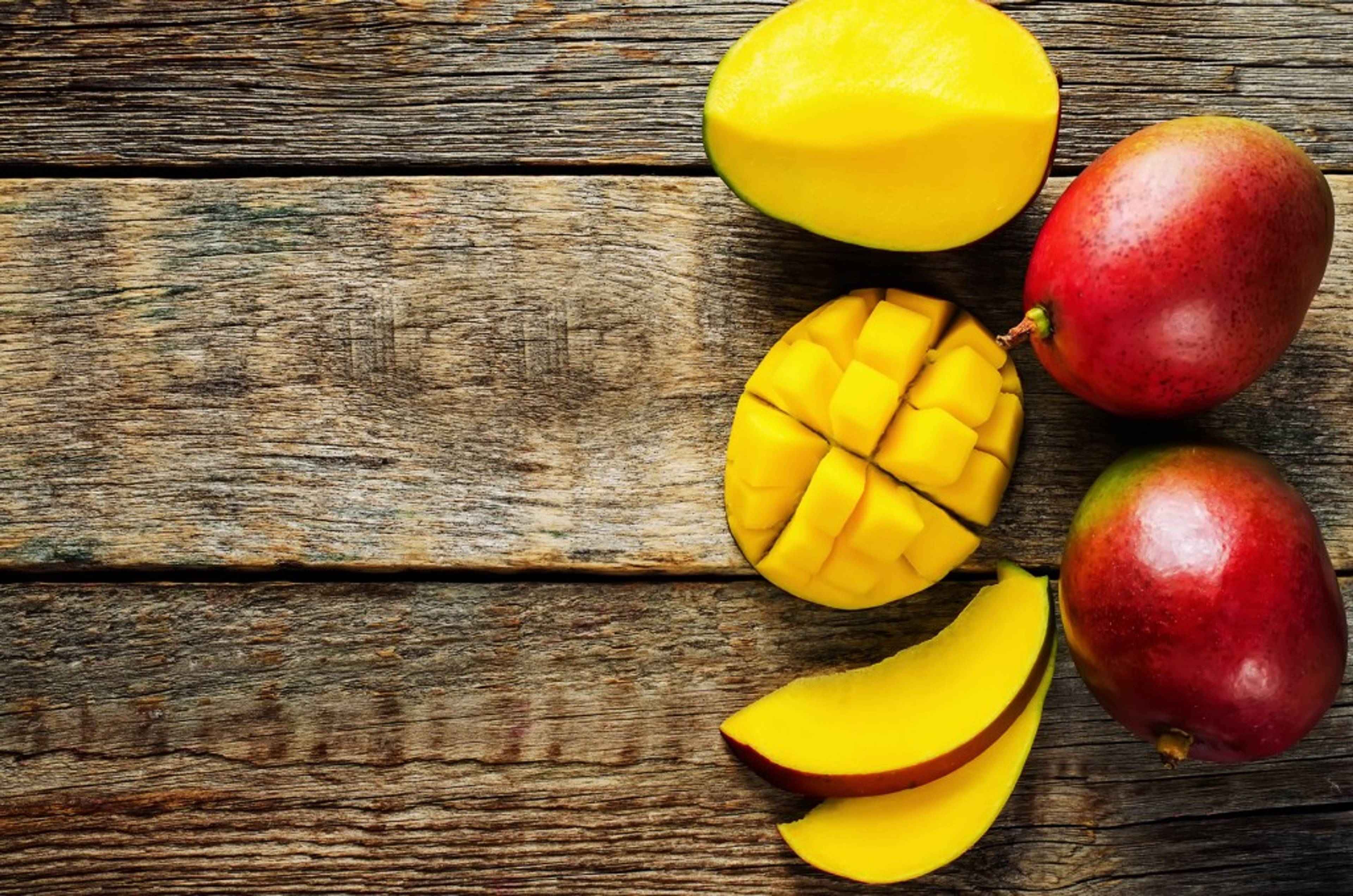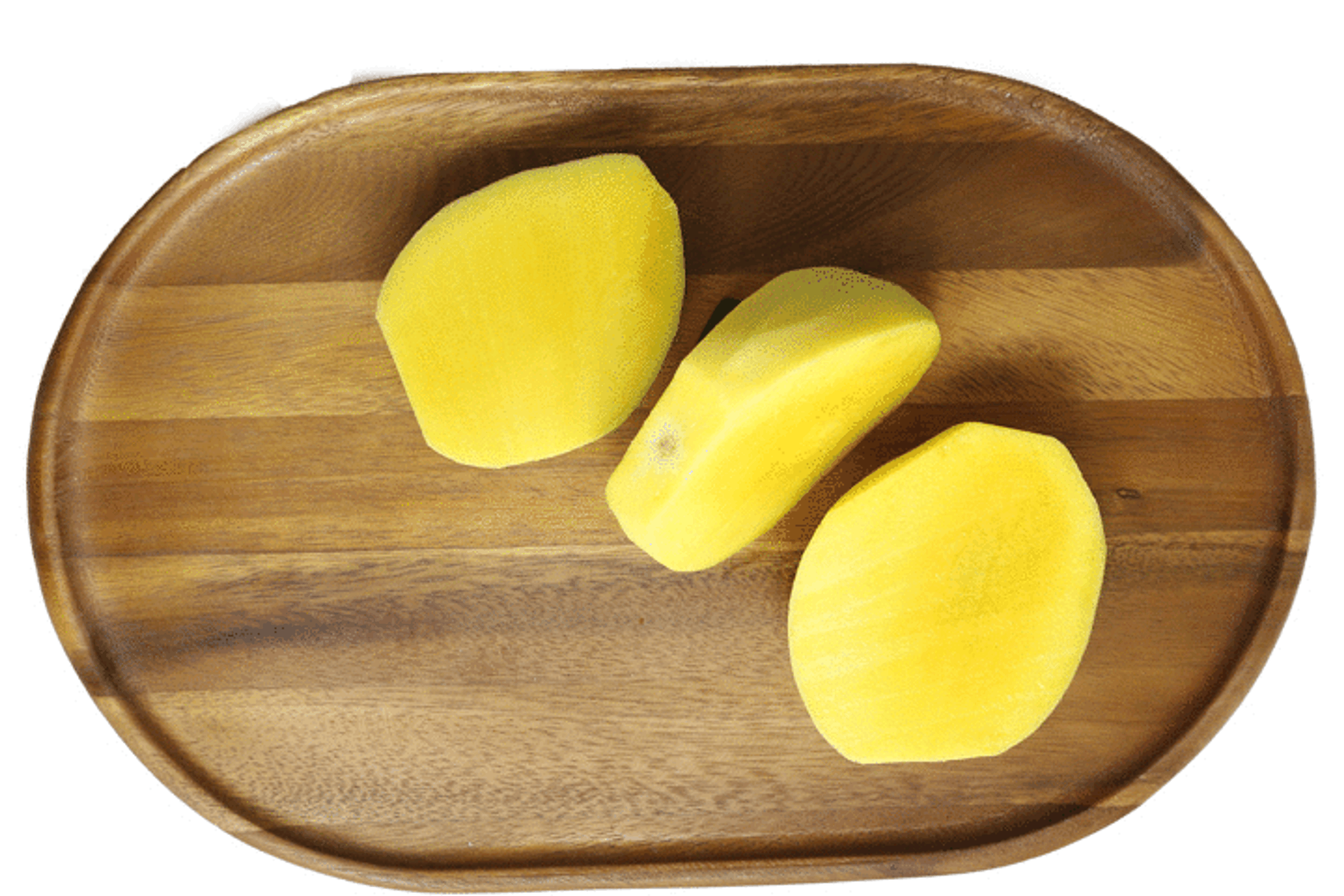Cooking with Mangoes: Types of Mangoes, How to Cut Them, and More
Mango 101
Mangoes, native to India and Southeast Asia, are a rich, nutrient-packed treat enjoyed around the world. The mango offers high levels of antioxidants, copper, folate, and vitamins A, C, E, and K, but it's the fruit's intoxicating tropical flavor that has earned it wide appeal as a snack to be eaten on its own or the cornerstone of smoothies, popsicles, lassis, salsas, and more.
Read on to discover the types of mangoes you're likely to find in the United States, how to tell if they’re ripe, how to cut and store one, and tasty, mango-forward HelloFresh recipes.

The Many Types of Mangoes
How to Tell if a Mango Is Ripe
The Mango’s Color: Most mangoes are fully ripe when they’re a deep and almost uniform yellow or blushy orange. Green signifies that a mango is underripe and usually too tannic and tart to enjoy out of hand—though green mangoes have some culinary uses, such as Thai green mango salad.
The Mango’s Firmness: Once you’ve eliminated the green-skinned mangoes, feel your way to a winner. Press the fleshy “cheek” of the mango—a ripe mango should give but feel slightly firm (you’ll often see the term “firm, ripe mango” used in recipes). Certain varieties, such as the Alphonso, will be softer when ripe, but a too-tender Tommy Atkins or Haden mango might signify bruising or rotting.
The Mango’s Smell: A ripe mango may be subtly tropical-scented, especially at the stem. Cold mangoes (cold-shipped or stored in a cold location) will be harder to smell, so use this only as a final evaluation criterion.

How to Cut a Mango in 4 Easy Steps
How to Store Mango
To store cut mango, cover the flesh sides completely with plastic film to prevent browning or drying out, and then press the halves together into a whole. Store in an airtight container in the refrigerator for three to five days, but note that it won’t ripen once cut or refrigerated.
